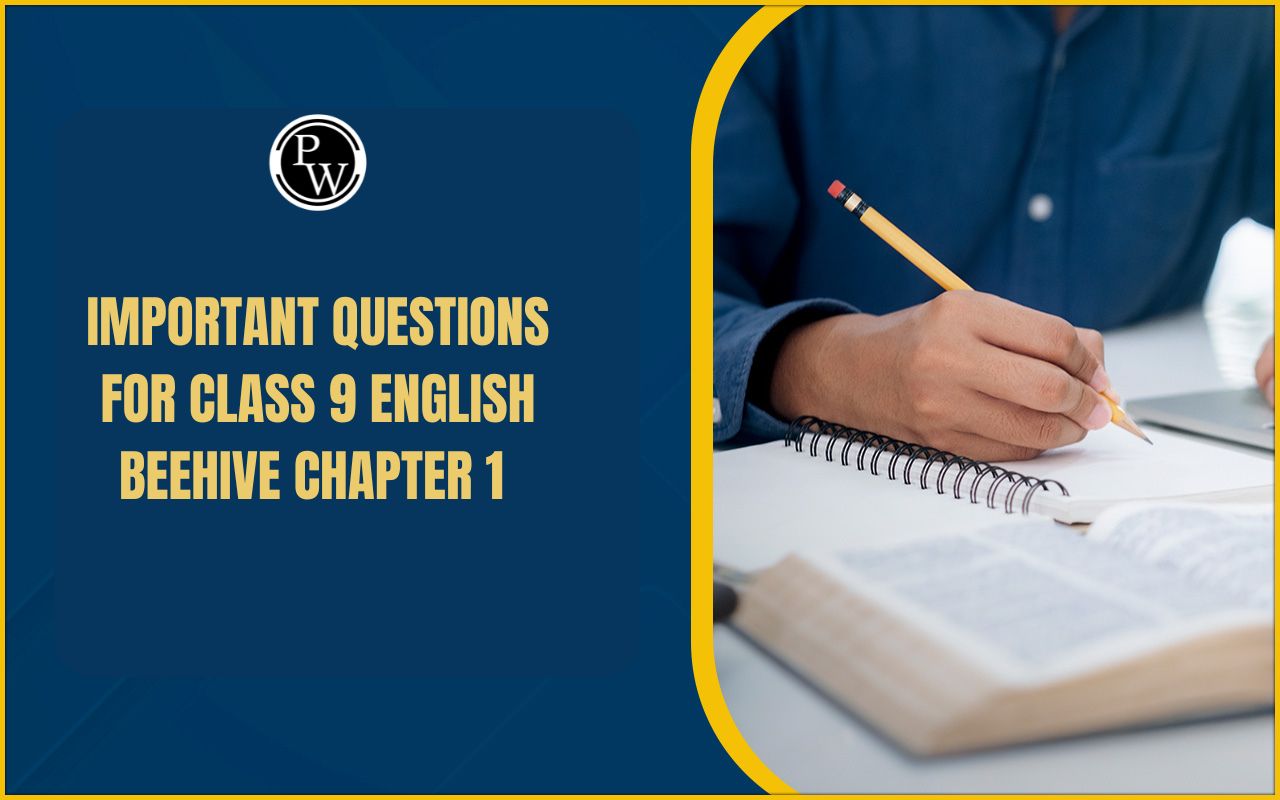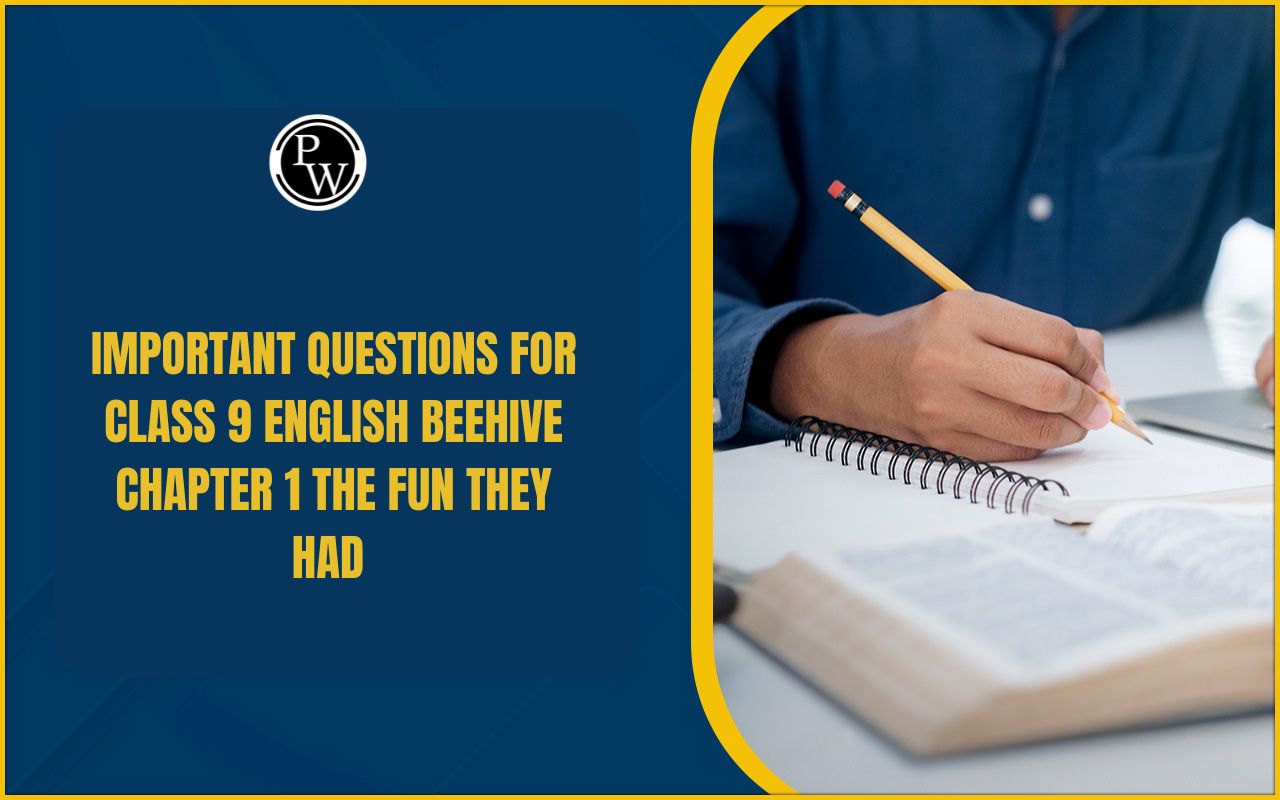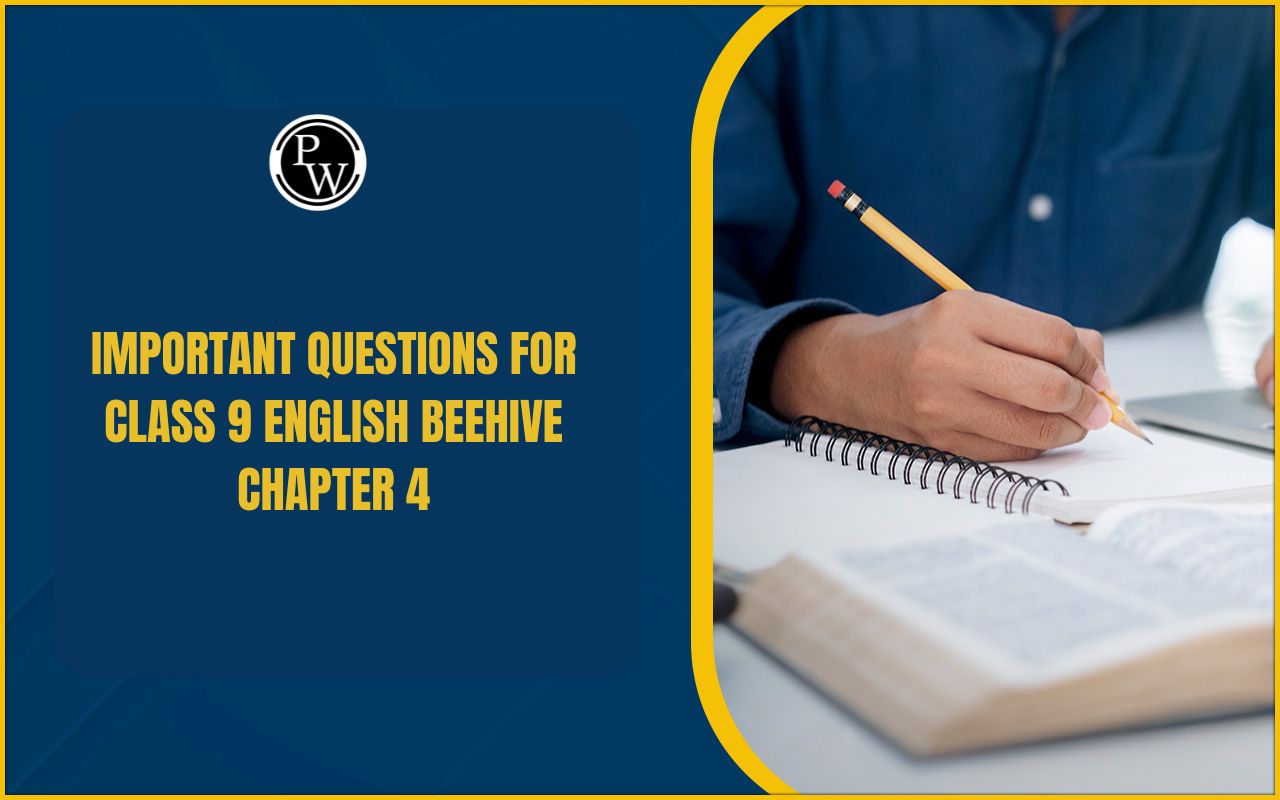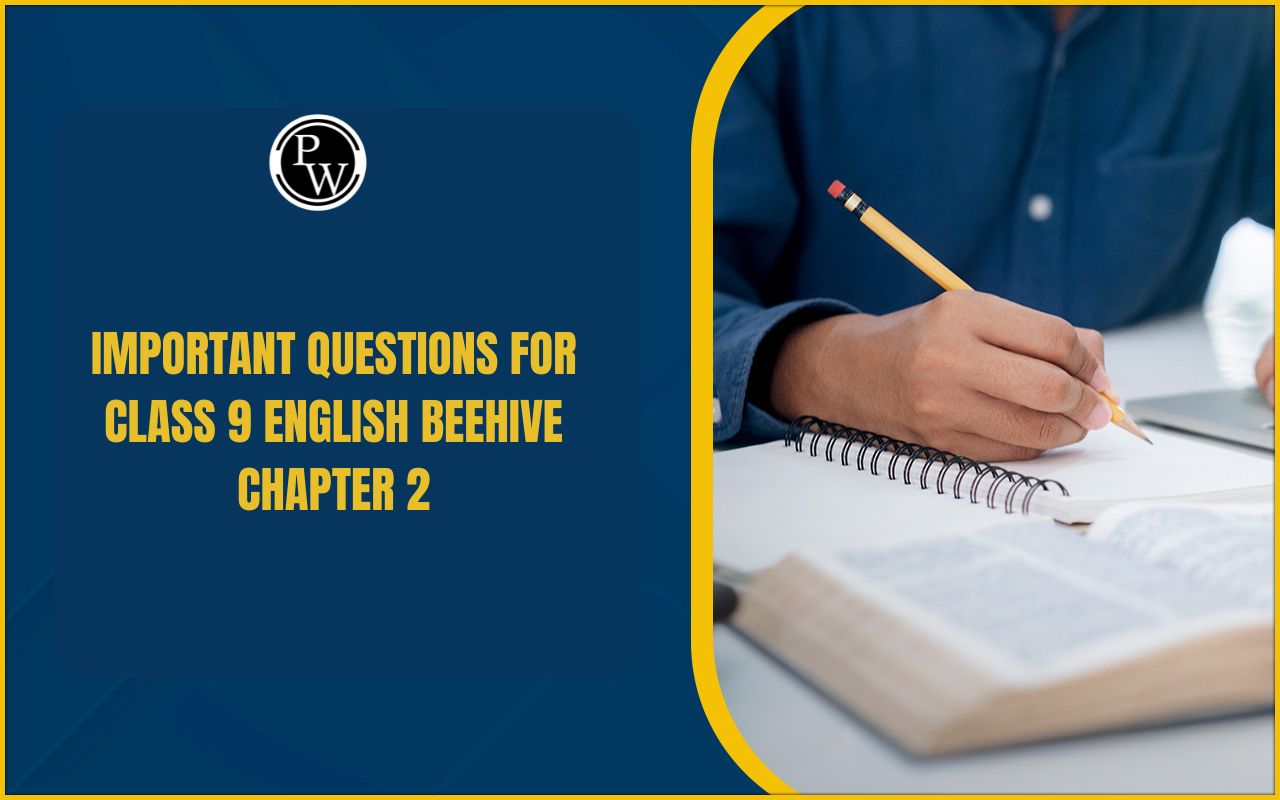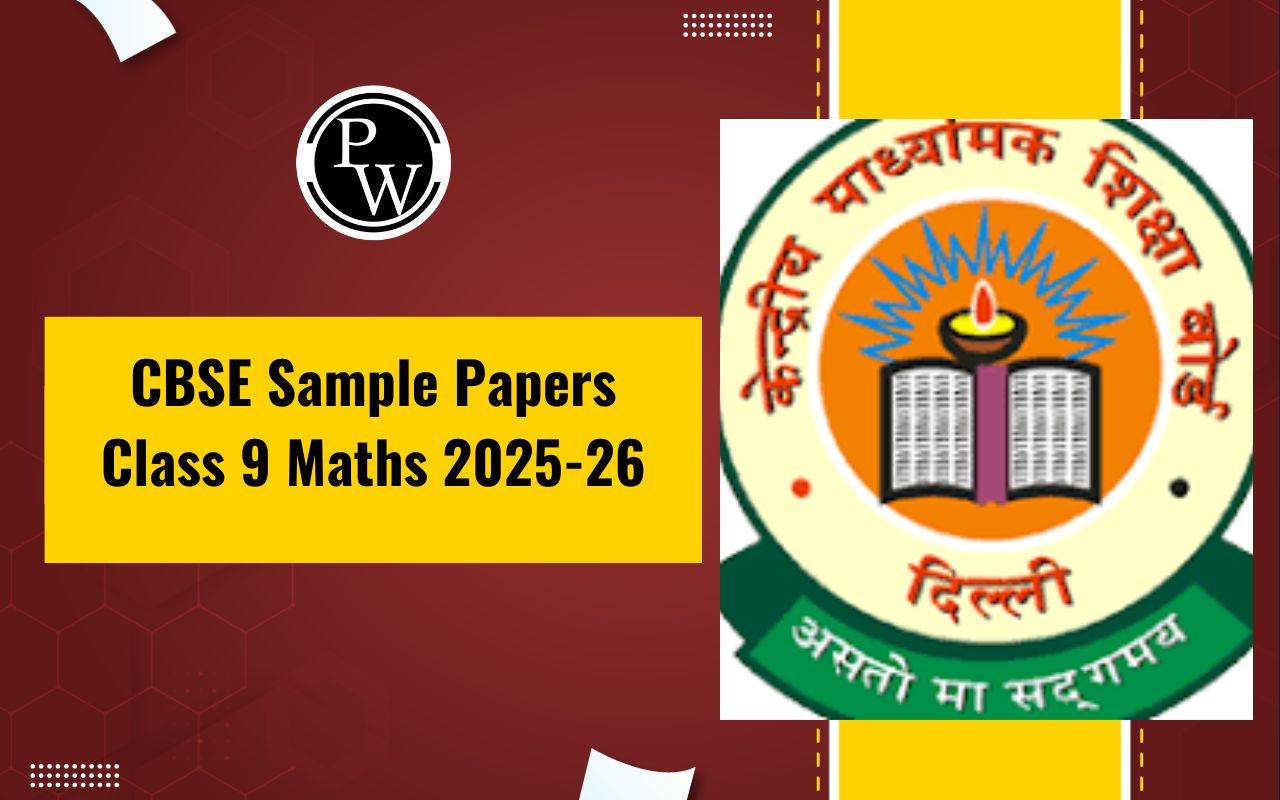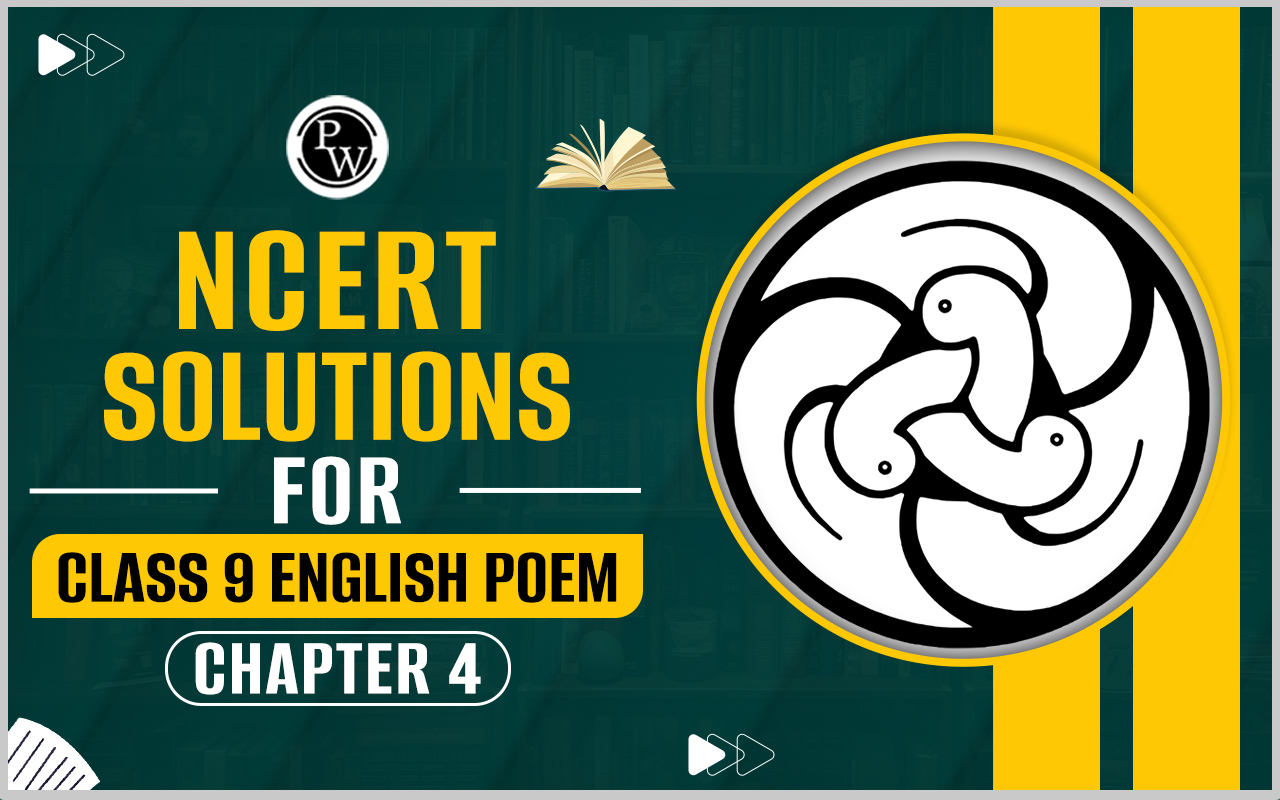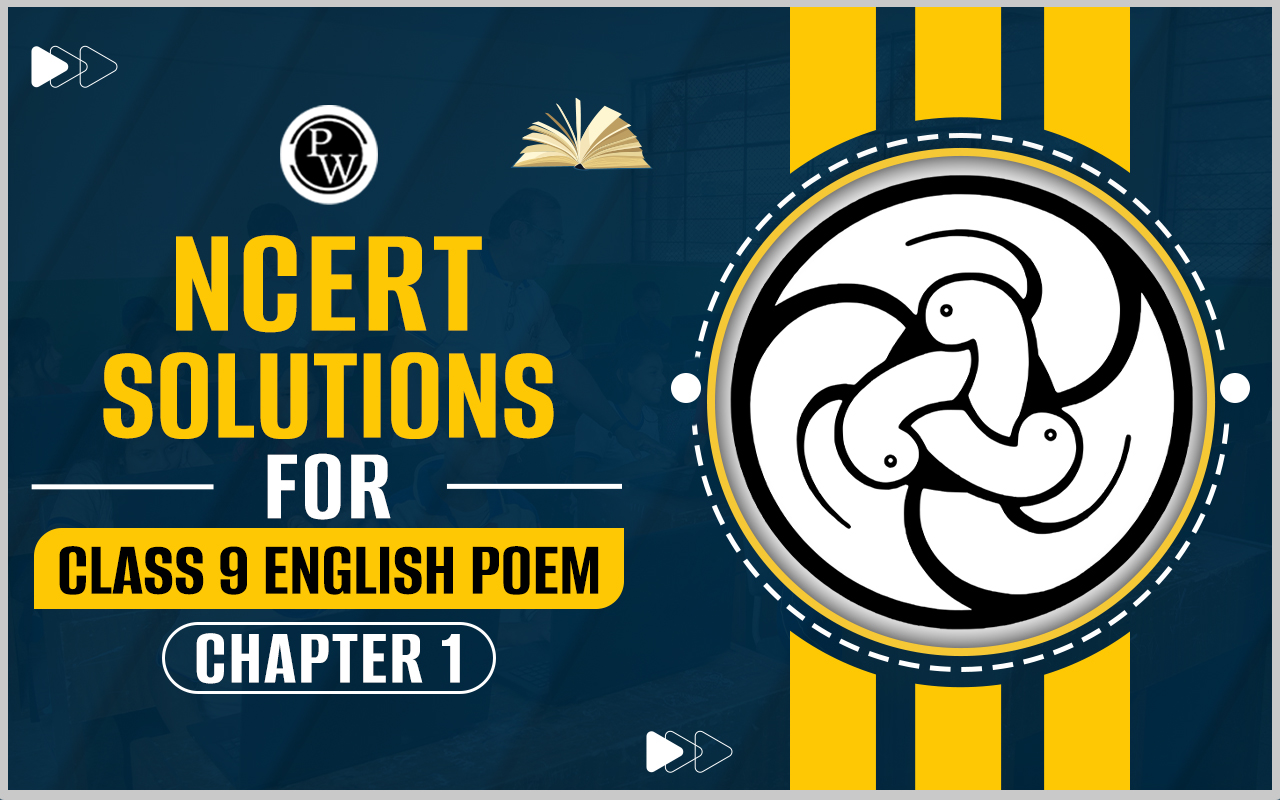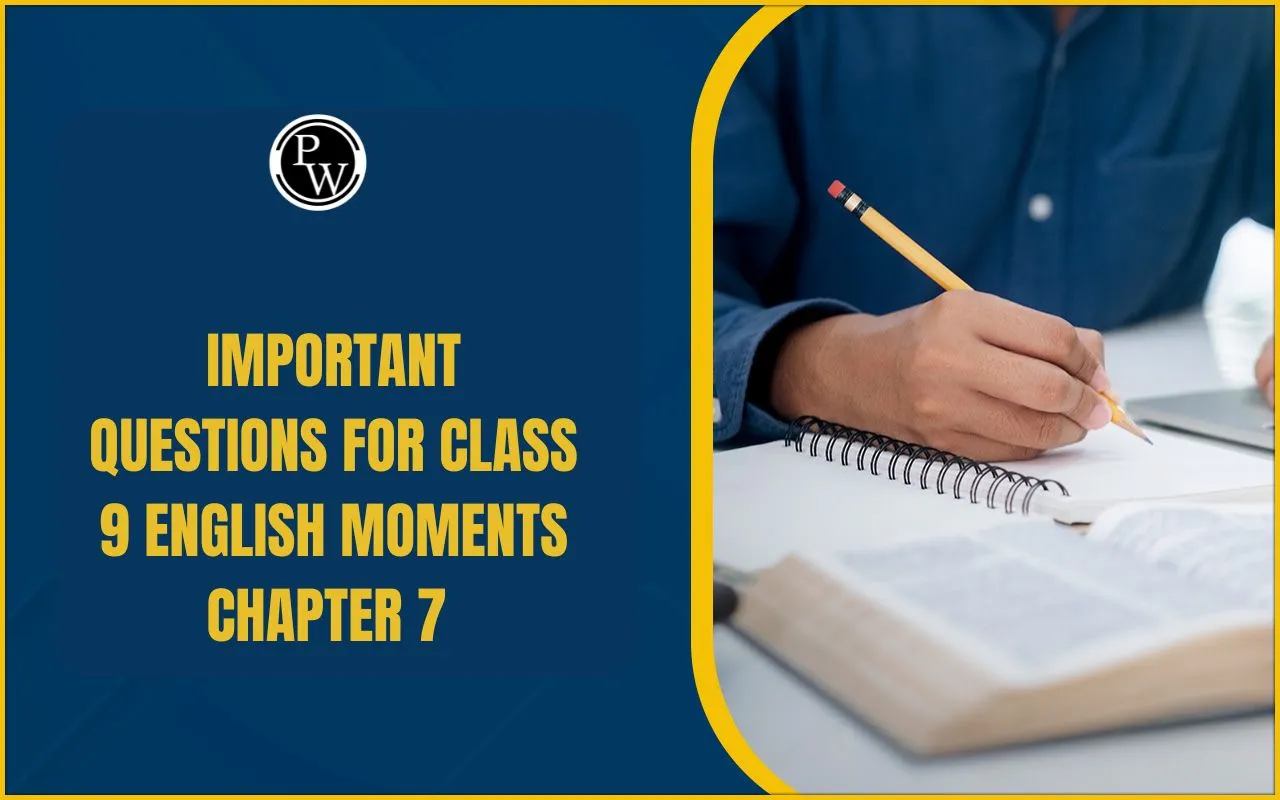
Important Questions for Class 9 English Moments Chapter 7 The Last Leaf help students prepare well for exams. These questions cover all the main events, characters, and lessons from the story. By practicing these questions, students can understand the story better and answer confidently in their exams.
If you are looking for Class 9 English Moments the Last Leaf Question Answer, these important questions are a perfect guide as they are based on the syllabus and highlight the key points needed for preparation.
Important Questions for Class 9 English Moments Chapter 7
The Last Leaf is a story about hope, friendship, and sacrifice. It tells the tale of two young women, Johnsy and Sue, who live together. Johnsy falls seriously ill and loses the will to live, believing that she will die when the last leaf falls from the vine outside her window. Sue worries for her friend and tries to give her hope.
An old artist, Behrman, lives in the same building. Seeing Johnsy’s despair, he paints a realistic leaf on the wall so that it never falls. This selfless act gives Johnsy the courage to fight her illness.
This chapter teaches important lessons about hope, determination, and the power of selfless actions. By studying The Last Leaf, students can understand human emotions, friendship, and the impact of small acts of kindness. Practicing Class 9 Moments Chapter 7 Question Answer helps students focus on the key points from the CBSE Class 9 English syllabus and prepare well for exams.
Class 9 English Moments the Tast Leaf Question Answer
Below are the class 9 english moments the last leaf question answer. These questions cover all the key events, characters, and lessons from the story. They help students understand the story better and prepare well for exams. Practicing these questions also makes it easier to answer confidently in the exam.
1. Sometimes people have deceptive appearances and their gruff exteriors hide a generous heart. Find traits in Behrman’s character to prove this point. OR The story ‘The Last Leaf is a story of supreme sacrifice by an old artist. Do you agree? What makes a masterpiece — money value or the supreme sacrifice?
Ans. The sixty-year-old unsuccessful painter Behrman, supported himself by serving as a live model for the other painters there. In terms of his artistic abilities, he was a daydreamer who dreamt of creating a masterpiece someday. Generally speaking, he was a sceptic of superstitions. He so questioned Johnsy’s irrational notion that she would pass away when the last leaf of the ivy fell. He was willing to make extraordinary sacrifices, even painting an ivy leaf in the rain to dispel Johnsy’s superstitious fears and give her the willpower to want to continue living. He gave the ultimate sacrifice of his life by walking outside on a rainy night and creating the masterpiece of an ivy leaf that helped save a person’s life.The last leaf becomes Behrman’s masterpiece because it represents his ultimate act of selflessness and sacrifice. The leaf is a symbol of hope and resilience, and it saved Johnsy’s life by giving her a reason to live.
2. What is Behrman’s masterpiece? What makes Sue say so?
Ans. Behrman’s masterpiece is his painting of the last leaf on the ivy creeper. Sue calls it his masterpiece because it looks so real that Johnsy could not tell that the real last leaf had fallen off. Moreover, it is this painting that rekindled Johnsy’s will to live. Johnsy had mentally repaired herself to die as the last leaf would fall, however, Behrman stayed out at in the stormy night and spent the night painting the leave so that it would continue to keep Johnsy alive.
3. What did Johnsy believe about the falling leaves? Did Sue believe the same thing? But at the same time, she does not argue with Johnsy and contradicts her belief. She comforts her. Do you think a good friend should have all these qualities in his/her character?
Ans. Johnsy experienced a pneumonia attack. She was no longer interested in living. Against the wall of a neighbouring house, ivy was sprouting. Autumn had arrived, and the creeper’s leaves were withering. As per Johnsy, the shedding of the leaves was connected to Johnsy’s life. She believed she was on the verge of passing away as each leaf fell.
Sue assured her that there was no connection between her life and the changing seasons of the trees. Sue didn’t disagree with Johnsy or voice a different opinion, but she also didn’t dispute it. It demonstrates maturity and a grasp of human nature. She was mature and eager to support her friend during a difficult period. She persuaded Behrman to assist her. She did everything in her power to save Johnsy’s life. Being mature, truthful, and understanding like Sue is what a good friend should always be.
4. Behrman sacrificed his life for someone he did not know’. It was a supreme sacrifice, a selfless service. Discuss.
Ans. Old artist Behrman wanted to assist Johnsy when he learned of her fanciful idea regarding the leaf. He was aware that the final leaf would drop during the turbulent night. Despite not knowing Johnsy directly, he chose to assist her. When Sue finished telling him Johnsy’s entire tale, he made the choice to paint the leaf on the wall opposite the window that stormy night.
He accomplished his goal and preserved the priceless life of a young artist. But he caught pneumonia and passed away from it. The old artist made a supreme sacrifice. I believe that those who make sacrifices for others like Behrman never pass away. Their work is timeless. They will always be in our hearts. It is a character quality that is uncommon. His selfless deed is an illustration of a remarkable act of humanity.
5. Discuss Sue’s role in saving the life of her friend, Johnsy. What qualities of the character of Sue are revealed that impress you? OR “A friend in need is a friend indeed.” Do you think the story ‘The Last Leaf supports this statement? Explain with reference to Sue.
Ans. Johnsy wouldn’t have recovered without Sue’s efforts. Sue made every effort to ensure Johnsy’s recovery when she became ill. Sue talked about clothes, fashion, etc. to divert her attention after realising Johnsy was depressed and unwilling to live. Sue made an effort to persuade Johnsy that her existence had nothing to do with the shedding of leaves.
It happened naturally in the autumn. She discussed the whims of Johnsy with Behrman who painted a leaf. Johnsy was saved by it. Overall, Sue was the one who gave Behrman the idea to paint a leaf that ended up saving Johnsy’s life. Maturity, wisdom, resourcefulness, concern, love and affection for a friend are the values that make Sue a true friend and a good human being.
6. Describe the setting of "The Last Leaf." How does the setting contribute to the story's overall mood and theme?
Ans. The story is set in Greenwich Village, New York City, in a small artist community. The bleak, wintry setting contributes to the themes of illness, despair, and hope, mirroring the characters' struggles and the eventual spark of hope.
7. Explain the significance of the title "The Last Leaf." How does the last leaf symbolize hope in the story?
Ans. The last leaf symbolizes hope and the will to live. Despite Johnsy's belief that she would die when the last leaf falls, the leaf's persistence, even in harsh weather, inspires her to fight her illness and embrace life.
8. Discuss the character of Johnsy and her outlook on life at the beginning of the story. How does her perspective change by the end, and what prompts this change?
Ans. Initially, Johnsy is pessimistic and resigned to death, believing her fate is linked to the falling leaves. Her outlook changes to one of hope and a desire to live after the last leaf does not fall, thanks to Behrman's sacrifice, which shows her the value of life and friendship.
9. Analyze the character of Behrman. What role does he play in Johnsy's life, and how does his ultimate act define his character?
Ans. Behrman acts as a guardian angel to Johnsy, sacrificing his life to paint the last leaf and give her hope. His ultimate act of selflessness and dedication to art defines him as the epitome of sacrifice and deep, caring friendship.
10. How does the theme of sacrifice manifest in "The Last Leaf"? Provide examples from the text.
Ans. Sacrifice is depicted through Behrman's act of painting the leaf to save Johnsy, despite the risk to his own health. This selfless act leads to his death but saves Johnsy, highlighting the profound impact of sacrifice.
11. Discuss the theme of friendship in the story. How do the actions of the characters reflect the depth of their bonds?
Ans. The deep bond of friendship is shown through the characters' actions—Sue's care for Johnsy and Behrman's ultimate sacrifice. Their selfless acts demonstrate the strength and depth of true friendship.
12. How does O. Henry use irony in "The Last Leaf"? Provide examples and discuss how it enhances the story.
Ans. The irony lies in Behrman's disdain for sentimentality, yet he performs a deeply sentimental act. His masterpiece, long awaited, turns out to be a simple leaf, painted to save a life, showcasing irony that highlights the unpredictability of life and art's true value.
13. Reflect on the ending of "The Last Leaf." How does the revelation about the last leaf affect your understanding of hope and despair within the story?
Ans. The revelation that the last leaf was painted offers a powerful testament to hope's triumph over despair. Behrman's act turns a symbol of despair into one of hope, underscoring the story's message that hope can emerge from the bleakest situations through acts of kindness and courage.
14. Read the given extract and answer the questions that follow. Johnsy woke up next morning. In a feeble voice she asked Sue to draw the curtains. Sue was nervous. She drew back the curtains very reluctantly. “Oh!” Sue exclaimed as she looked at the vine creeper. “Look, there is still one leaf on the creeper. It looks quite green and healthy. In spite of the storm and the fierce winds, it didn’t fall. I. What does Sue’s reaction to the last leaf on the creeper suggest? Choose the most suitable option.
(A) She is disappointed.
(B) She is hopeful and surprised.
(C) She is indifferent.
(D) She is frightened.
Ans: She is hopeful and surprised.
II. How does the author’s use of descriptive language enhance the emotional impact of the scene?
Ans: The author’s use of words like “feeble voice”, “nervous”, and “reluctantly” creates a sense of tension and worry, while “green and healthy” suggests hope and resilience. This contrast enhances the emotional depth of the scene, showing the significance of the last leaf to Johnsy’s recovery.
III. Fill in the blank with the correct word from the bracket. Sue drew the curtains “very reluctantly” because she was____ (hopeful / afraid) of what Johnsy might see.
Ans: afraid
IV. How does Johnsy’s reaction to the last leaf contrast with her earlier state of mind?
Ans: Earlier, Johnsy was hopeless and convinced that she would die when the last leaf fell. However, upon seeing the leaf still there, she begins to regain hope and finds the strength to fight for her recovery.
CBSE Class 9 Important Questions the Last Leaf PDF Download
Students can download the PDF of Important Questions for Class 9 English Moments Chapter 7 The Last Leaf from below. This PDF contains all the key questions covering the main events, characters, and lessons from the story.
By practicing these questions, students can understand the story better and prepare effectively for exams.
Important Questions for Class 9 English Moments Chapter 7
Study without using the internet
Benefits of Using Class 9 Chapter 7 The Last Leaf
Here are the Benefits of Using Important Questions for Class 9 English Moments Chapter 7, The Last Leaf.
-
Based on the latest CBSE syllabus, these important questions help students understand the main events, characters, and lessons of the chapter.
-
They cover all aspects of the story, including Johnsy’s illness, Sue’s care, Behrman’s sacrifice, and the importance of hope, for complete practice.
-
Using these questions improves time management, answer-writing skills, and overall performance in exams.
-
They also help students identify weak areas and correct mistakes before the final exam.
-
When used along with NCERT solutions, class notes, CBSE Class 9 sample papers, and previous year questions (PYQs), students can strengthen their preparation effectively.
-
These important questions assist in revising key events, characters, and lessons taught by the story efficiently.
Important Questions for Class 9 English Moments Chapter 7 FAQs
What are Important Questions for Class 9 English Moments Chapter 7 The Last Leaf?
How do these important Questions for Class 9 English Moments Chapter 7 The Last Leaf help students?
Can students use these Important Questions for Class 9 English Moments Chapter 7 The Last Leaf with other study materials?
Where can students download the PDF of these questions?
Why is it important to practice these questions?





